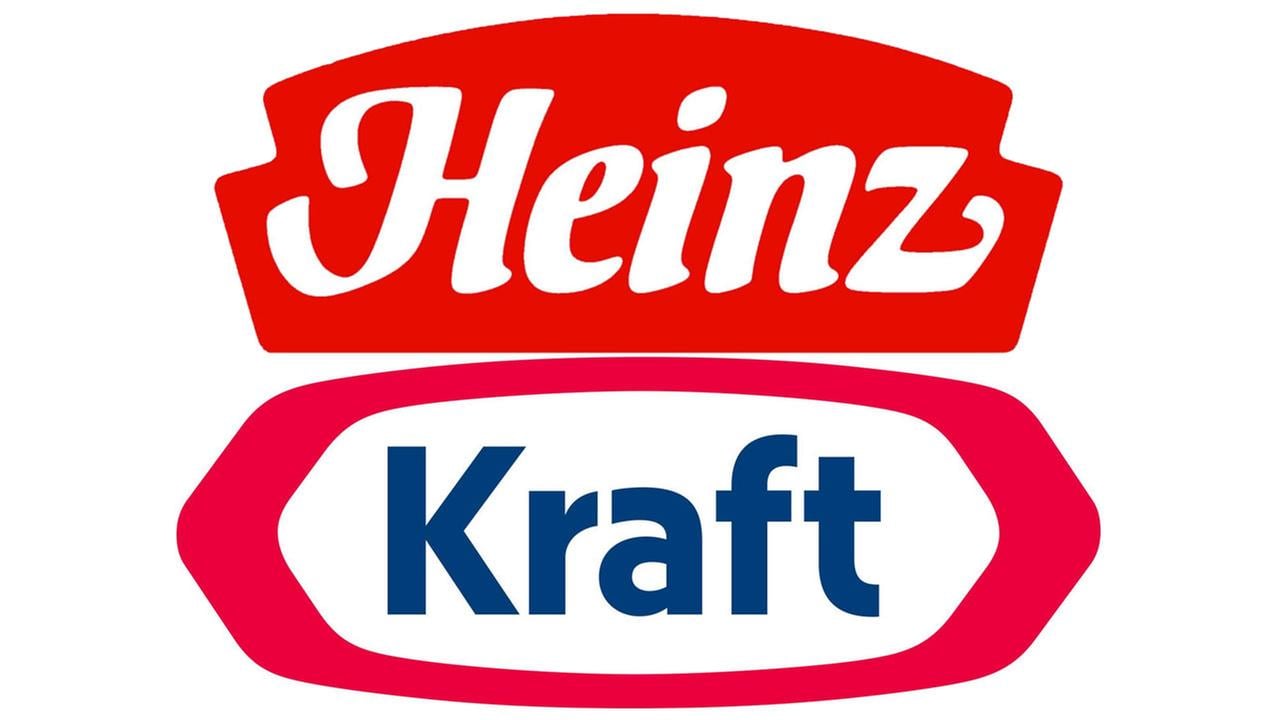
Recently, we published a series of articles uncovering the serious challenges facing food supply chains this summer. Now, two of the most powerful global brands have come together to take part in a synergistic enterprise—that is Kraft Heinz—worth an estimated $36 billion dollars today. So, what does this all have to do with food supply challenges, and food ERP systems?
The second largest food industry merger ever will irrefutably snowball a massive economic impact. Large enterprises will indubitably pin mass production processes and financing abilities against privately owned and operated food businesses. Growers, producers, distributors, and packagers could constrain to compete until the point of bankruptcy if business practices are not both creative and proactive. This means having dynamic food supply chain
Challenges stem from a series of natural industry pitfalls: aging infrastructure, high direct costs, buyouts, volatile pricing wars and safety recalls. And incremental costs are on the rise for smaller food supply chains who will compete for brand equity against mergers like Kraft Heinz, then attempt to outbid these large companies for retail shelf-space.
The role of food ERP systems
 Many food businesses have yet to implement a comprehensive food ERP system, like Epicor 10, to lean out costs that most associate with bottom line pricing in order to increase revenues much faster. If companies fail to implement an electronic materials tracking system, they are subject to an embargo on products or temporary suspension of operations; which is something that badly hurt Kraft recently and was a major factor in the acquisition. In addition, big-box retailers will refuse the sale of products from suppliers unable to comply with this stipulation. This will, undoubtedly, eliminate mid-sized food producers from competing in a global food market. New software infrastructure enables them to conduct a full-scale recall in under four hours in only a few minutes, cheaply.
Many food businesses have yet to implement a comprehensive food ERP system, like Epicor 10, to lean out costs that most associate with bottom line pricing in order to increase revenues much faster. If companies fail to implement an electronic materials tracking system, they are subject to an embargo on products or temporary suspension of operations; which is something that badly hurt Kraft recently and was a major factor in the acquisition. In addition, big-box retailers will refuse the sale of products from suppliers unable to comply with this stipulation. This will, undoubtedly, eliminate mid-sized food producers from competing in a global food market. New software infrastructure enables them to conduct a full-scale recall in under four hours in only a few minutes, cheaply.
In mid-March, Kraft Foods was subject to recall 242,000 cases of Kraft Macaroni and Cheese Dinner—due to the possibility some boxes contained fragments of metal. This is unfortunate for a large company, with a number of resources, failing to integrate an effective traceability business process model. Days later, the company was criticized for their labeling of their Cheese Singles line to promote their “Kids Eat Right” campaign.
Kraft was large enough to overcome this kind of a recall; however most business are not. Ultimately, the damage this event had on Kraft and it’s brand name is being identified as a key factor in the Heinz merger. Most business that experience this kind of issue simply cannot track the contamination at all; forcing the FDA to take over the recall, and usually forcing mid market businesses into bankruptcy. Or, the businesses that can perform the recall, are damaged so badly both financially and in the public’s eye that they cannot recover. That’s why it’s paramount to have a comprehensive electronic system that not only can track issues once they’ve occurred (and can prevent them from spreading), but can also largely prevent issues before they can even occur. This means making part Food ERP systems a competitive part of the business practices inside of the organization, and modeling business outcomes around their capabilities.
A time filled with opportunity
 Time is of the essence for food companies who implement a new ERP infrastructure. There is fixed window for a build out of ERP software for two major reasons; the FDA crackdown of food traceability compliance coming later this year, and the integration experience that Heinz Kraft will go through over the next 2 years.
Time is of the essence for food companies who implement a new ERP infrastructure. There is fixed window for a build out of ERP software for two major reasons; the FDA crackdown of food traceability compliance coming later this year, and the integration experience that Heinz Kraft will go through over the next 2 years.
Food ERP systems implemented prior to 2013 are not typically comprehensive enough to drill down to the finite details of production. Food companies are generally very liquid due to their heavy investing in materials procurement. These antiquated management systems are incapable of surveying production control points to ensure system metrics match federal benchmarks—a very real challenge for manufacturers who will soon compete with the powerhouses of food production. Not only that, but with the FDA’s increased food traceability compliance measures being implemented later this year, businesses will be forced to update systems or roll the dice with an FDA inspection that could end in bankruptcy.
This merger is wake up call for smaller food Davids. There is perfect opportunity to create a competitive advantage over food conglomerates, like Kraft Heinz, with an ERP solution, to build brand equity in areas of production where Kraft failed.
Kraft had leveraged their takeover on a history of poor public relations decisions; stemming from the lack of business processes integrated into their software system and a failed attempt to rebrand an unchanged product. Kraft failed to understand consumer sentiments; as millennials have grown label savvy and health conscious over the last two years; which ultimately contributed to a disaster that costed the company an estimated $60 million.
Emerging markets are more inclined to support sustainable brands, whom take steps to minimalize their impact on society and the environment—and big box retailers are taking notice. This is a huge undertaking for large companies who cannot rebrand themselves overnight, like a lesser known food producer could.
What does it all mean
 Traceability measures are complex metric standards, set forth by the FDA, and can be integrated into food ERP systems. Not only is it mandated, but it is a best practice in avoidance of recalls due to misbranding. Ingredients are housed in a massive database which is connected to a series of interrelated networks and folders. When a recipe is manufactured a packaging label is instantly generated to include ingredients, shelf-life, and packaging contents. Ingredients data (from as far back as two years) are attached to each juncture of production and amended as products move through events. It is a hands-off, total quality approach, to compile a bill of materials, automate production, and ensure all processes comply with regulatory guidance and build brand equity.
Traceability measures are complex metric standards, set forth by the FDA, and can be integrated into food ERP systems. Not only is it mandated, but it is a best practice in avoidance of recalls due to misbranding. Ingredients are housed in a massive database which is connected to a series of interrelated networks and folders. When a recipe is manufactured a packaging label is instantly generated to include ingredients, shelf-life, and packaging contents. Ingredients data (from as far back as two years) are attached to each juncture of production and amended as products move through events. It is a hands-off, total quality approach, to compile a bill of materials, automate production, and ensure all processes comply with regulatory guidance and build brand equity.
Small and mid-sized food businesses have a strong chance at success in the food market more today than ever; despite some of these major risks. As large companies sign merger deals, smaller firms are realizing a competitive advantage. They have the chance to gain market share and increase ROI. Changing consumer habits in the U.S. are trending towards choosing smaller, local brands. The major key for these businesses will be complying to new FDA standards quickly, and matching the electronic process of the new Heinz Kraft’s of the world
To learn more about food supply chain management solutions visit our comprehensive solutions page.

